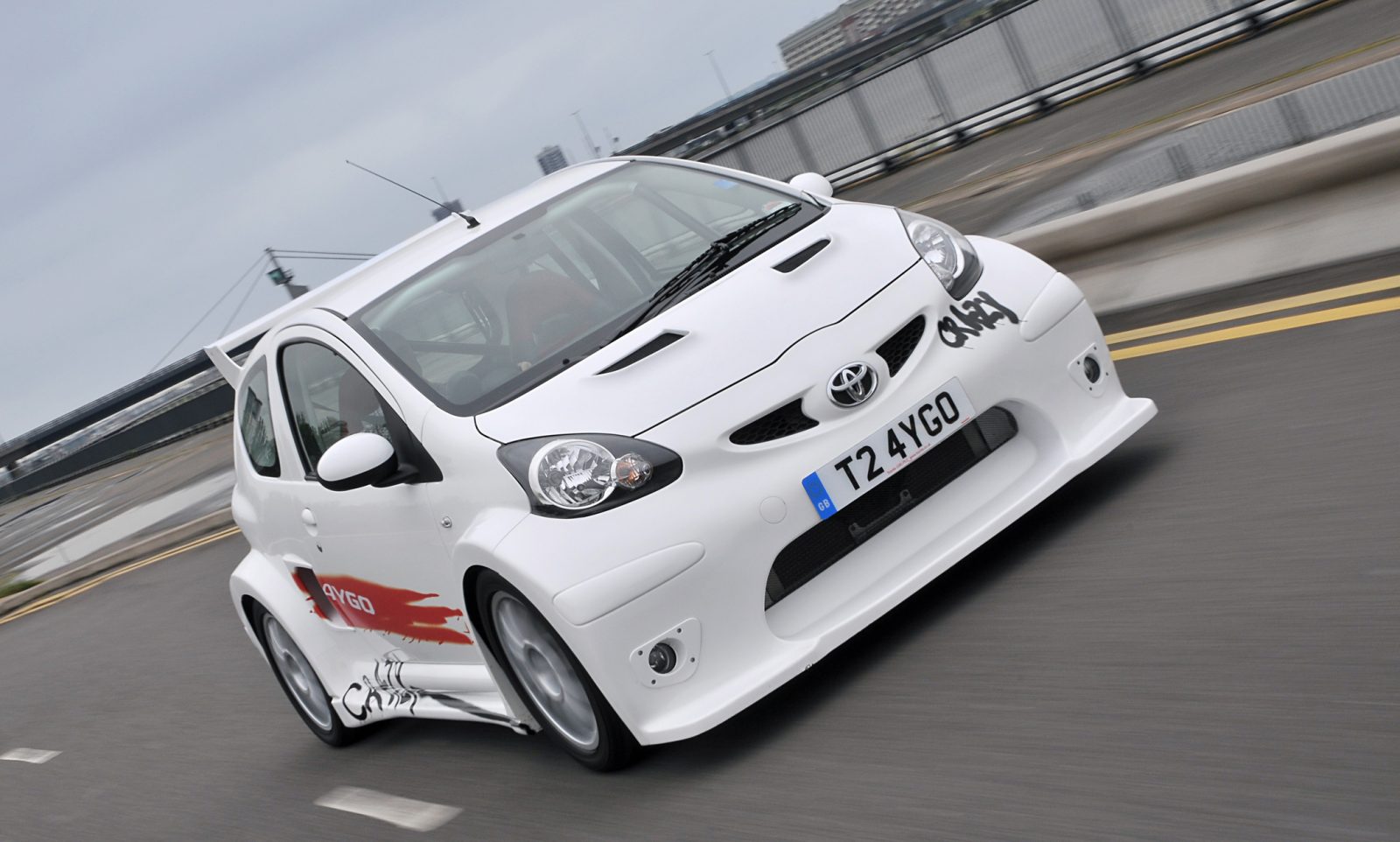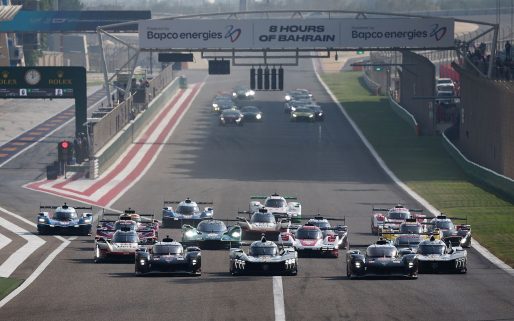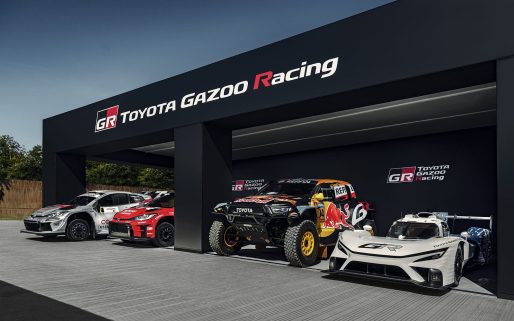You’ve likely heard of the Toyota Aygo, the popular city car introduced in the early 2000s (maybe you even had one as your first car) but we doubt you are familiar with its slightly raucous, ‘in-yer-face’ wild child sibling, the Aygo Crazy.
Nicknamed the ‘shopping supercar’, the Aygo Crazy took the Aygo’s essential qualities to the limit. Owing more to the spirit of Group B rallying rather than D1 drifting, the Aygo Crazy was built with ‘the joy of driving’ at its core, with many creature comforts from the standard Aygo removed such as electronic handling aids, power steering and ABS. It was designed to be a road-legal go-kart, albeit with a roof and doors.
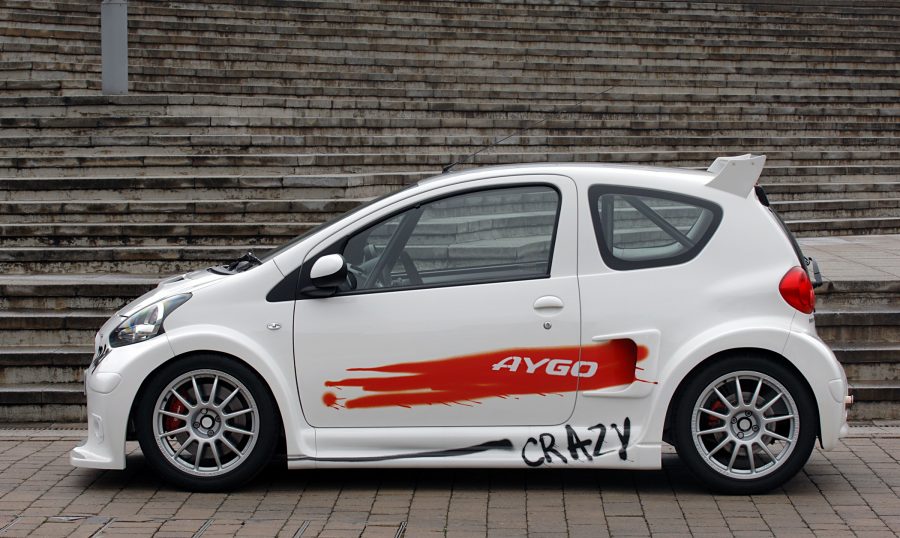
Toyota obviously got carried away with throwing things away as out went the existing Aygo engine and in its place was a Toyota 1.8 VVT-i unit that powered the final generation Celica and MR2 Roadster. Not satisfied with fitting a larger engine, the 1.8 unit was tuned with a Toyota Motorsport turbo conversion kit in order to deliver 200DIN hp (197bhp) and 240Nm of torque, up from the 68 DIN bhp and 93Nm found in the standard Aygo.
The downside of fitting a larger engine meant that it could no longer be squeezed under the compact bonnet of the Aygo. The solution? Place the engine behind the driver and passenger seat to create a more emotional connection with the driver and to really drive home the ‘go-karting’ feel. The power from the rear-mounted engine was sent directly to the rear wheels through a five-speed manual gearbox taken from the MR2 Roadster.
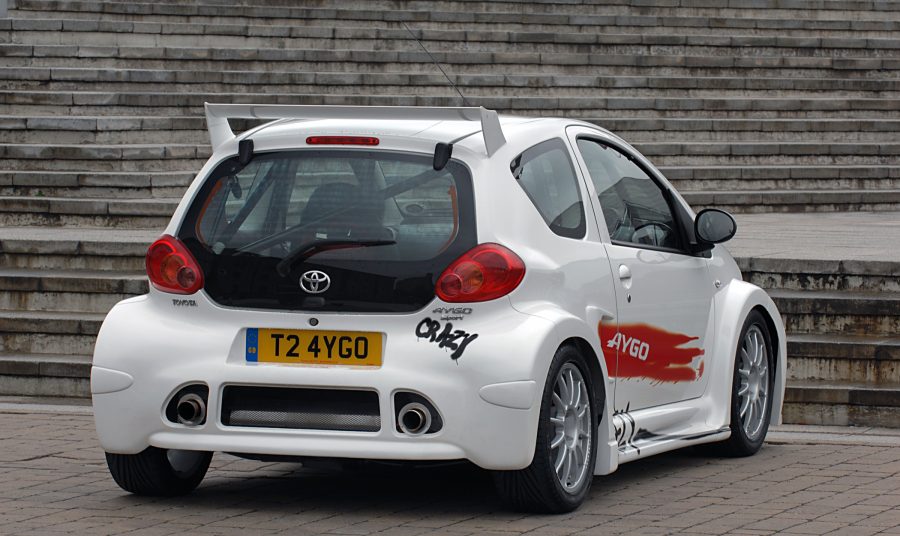
Other mechanical changes to the Aygo Crazy included a bespoke cooling system, designed with a huge, front-mounted aluminium radiator and suspension from the MR2 Roadster, with MacPherson struts front and rear. Adjustable Tein dampers gave a sharper dynamic performance and the front and rear tracks were increased an extra inch over the standard Aygo.
All these changes meant that the Aygo Crazy could propel its 1,050kg to 62 mph in just 5.7 seconds and onto a top speed of 127mph (est). However it was never designed for outright speed and performance, the Aygo Crazy was designed to be responsive and alive to the driver’s commands and to put smiles on the faces of those inside and outside the car.
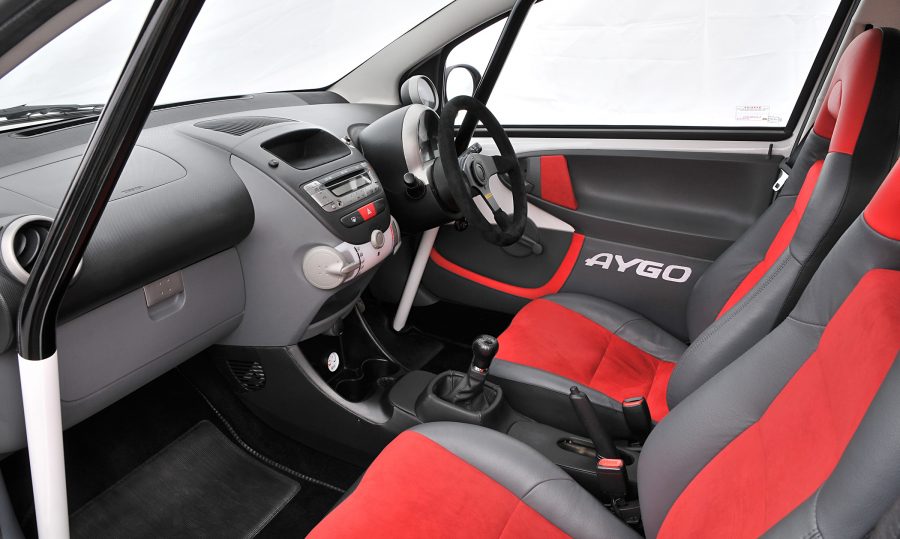
While still clearly an Aygo, the exterior received a makeover to match the madcap powertrain. A bespoke body kit gave it a more squat and muscular appearance while 17-inch alloys and beefy Goodyear 225/45 rubber meant all the extra power was suitably delivered to the road. The carbon fibre rear wing gave the nod to Toyota’s sporting heritage as it was lifted straight from the 200mph race cars in the American Champ Car series.
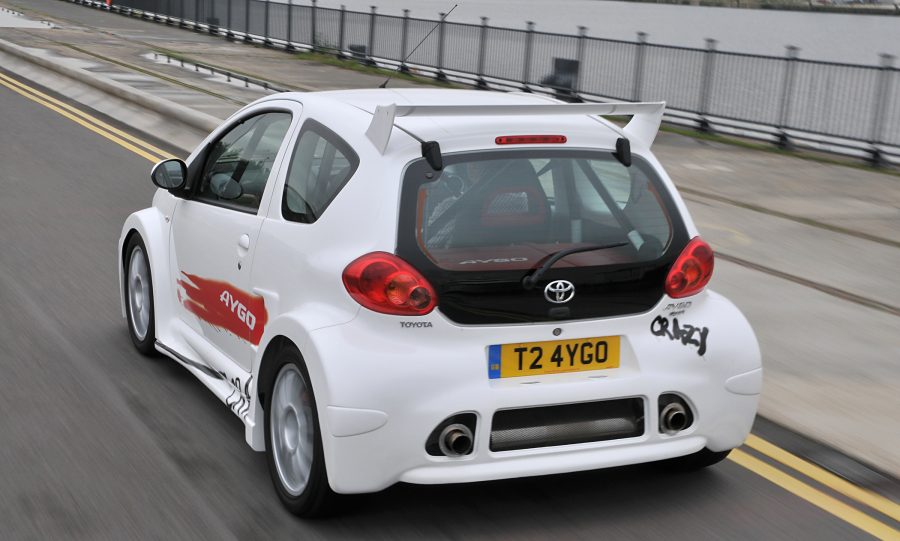
The interior was finished by specialist coach trimmers O’Rourke and featured purpose-built sports seats with four-point safety harnesses and a full roll cage while bold Aygo Crazy decals and T2 4YGO (turbocharged, two-seat Aygo) number plate finished off the visual elements of the concept.
It made its world debut at the British International Motor Show in July 2008 but made a surprise appearance at the Goodwood Festival of Speed days earlier, wowing the crowds as it was driven up the world-famous hill climb by Peter Dumbreck, a former Japanese SuperGT racer.
Is the Aygo Crazy for sale?
One of the most frequently asked questions by the public was ‘is the Aygo Crazy for sale? But sadly many fans were left devasted when the answer was – No. There were never any plans to put the Aygo Crazy into full production as it was destined to remain a one-off technical exercise in Toyota’s vision for a no-holds-barred driving machine.
Aygo Crazy Video
Take a look at CarThrottle‘s review of the Aygo Crazy when they got their hands on it back in 2014.
Aygo Crazy vs Aygo Technical Specifications
| ENGINE | AYGO CRAZY | AYGO | |
| Type | Rear-mounted four-cylinder 1.8 VVT-i with TMG turbo conversion kit | Front-mounted three-cylinder 1.0 VVT-i | |
| Valve mechanism | DOHC 16-valve | DOHC 12-valve | |
| Displacement (cc) | 1,794 | 998 | |
| Bore x stroke (mm) | 79.0 x 91.5 | 71.0 x 84.0 | |
| Compression ratio | 10.0:1 | 10.5:1 | |
| Max. power (DIN hp @ rpm) | 200 @ 6,700 | 68 @ 6,000 | |
| Max. torque Nm @ rpm | 240 @ 3,400 | 93 @ 3,600 | |
| TRANSMISSION | |||
| Clutch type | Uprated Helix | Dry, single plate | |
| Gearbox type | Five-speed manual | Five-speed manual | |
| GEAR RATIOS | |||
| 1st | 3.166 | 3.545 | |
| 2nd | 1.904 | 1.913 | |
| 3rd | 1.310 | 1.310 | |
| 4th | 0.969 | 1.027 | |
| 5th | 0.815 | 0.850 | |
| Reverse | 3.250 | 3.550 | |
| BRAKES | |||
| Front | 328mm ventilated discs with 4-pot Brembo callipers | 247mm ventilated discs | |
| Rear | 280mm ventilated discs | 200mm drums | |
| SUSPENSION | |||
| Front | MacPherson strut | MacPherson strut | |
| Rear | Dual-link MacPherson strut | Torsion beam | |
| Dampers | Tein, adjustable | ||
| STEERING | |||
| Type | Rack and pinion, electric power-assisted | Rack and pinion | |
| Ratio (:1) | 13.2:1 | 16.5:1 | |
| TYRES AND WHEELS | |||
| Wheel size (in) | 17×7.5 | 14×4.5J | |
| Tyres | Goodyear 225/45R17 | 155/65 R14 | |
| DIMENSIONS | |||
| Overall length (mm) | 3,500 | 3,405 | |
| Overall width (mm) | 1,800 | 1,615 | |
| Overall height (mm) | 1,500 | 1,465 | |
| Front track (mm) | 1,475 | 1,420 | |
| Rear track (mm) | 1,460 | 1,410 | |
| WEIGHT | |||
| Kerb weight (kg) | 1,050 | 790-890 | |
| PERFORMANCE | |||
| Max speed (mph) | 127 (est) | 98 | |
| 0-62mph (sec) | 5.75 | 14.2 |
Click here to view our current range of Toyota models
